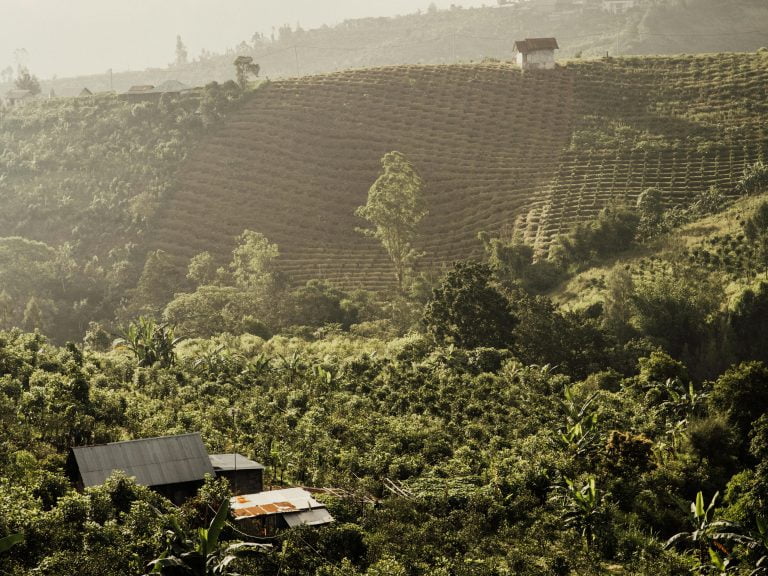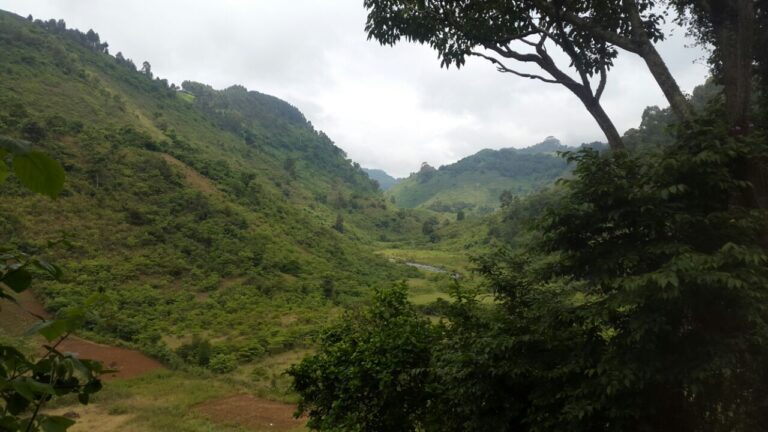When you think of Zimbabwe, coffee may not be the first thing you think of. Decades of political turmoil all but crushed the Zimbabwean economy. But for the first time in a long time, residents are hopeful that things may be turning around. Hopefully, this month’s coffee from Selinda Estate is a sign of things to come.
Robert Mugabe, the one-time leader of Zimbabwe (since 1980), shunned the outside world, fostered unrest, and birthed crippling inflation that led to his forced resignation in 2017. Though his successor’s presidency was won in a disputed election, many have high hopes that Emmerson Mnangagwa, will heal the wounds of the past. Many feel his policies will lead to increased exports and a revitalized coffee sector. At the moment, that seems to be true. As such, we were interested in securing some of their coffee to share with you.
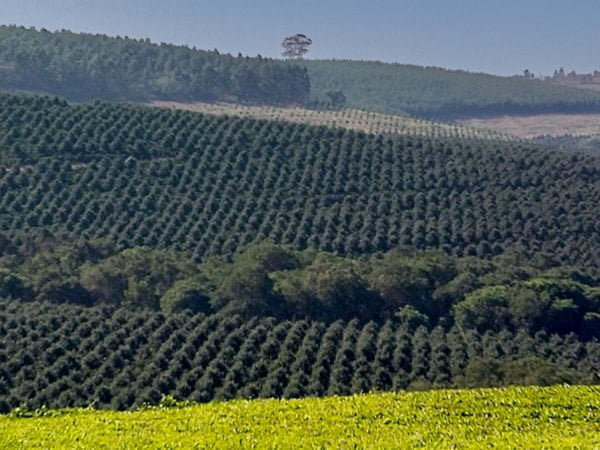
The Farm
The Selinda Estate sits beside Mount Selinda on the country’s eastern border, located at the
edge of the Chirinda Forest Botanical Reserve. It’s not uncommon for coffee farms to sit on the border of national forests, as coffee farms often act as a natural transition between urban landscapes and wild ones. Coffee farms that don’t use pesticides and utilize shade are often utilized by birds and other animals. Farms are also able to prevent loggers from cutting down natural resources.
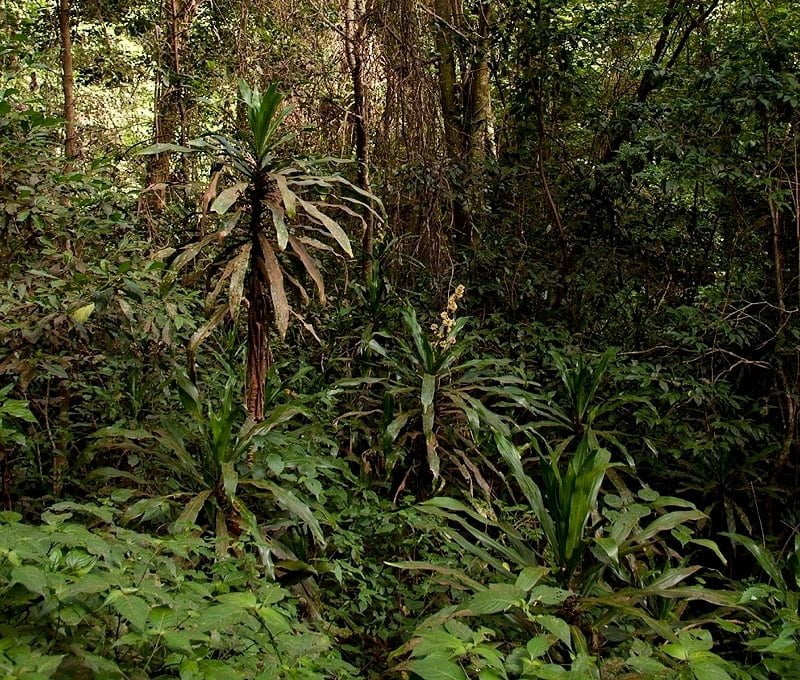
Mount Selinda is a town in Zimbabwe’s eastern mountains which faces the Indian Ocean
and sits on an altitude of 3600 feet. It’s located in the province of Manicaland, Zimbabwe located close to the Mozambique border some 30 km southeast of Chipinge. Tea and coffee are grown in the mountainous area around the village.
Flavors
Zimbabwe’s coffee shares similarities with other African flavors, particularly Tanzania, which it borders, but its latitude and topography are more similar to Brazil’s. Like Brazilian coffee, Zimbabwe’s flavor profile is very balanced. You won’t find over-the-top soaring high notes. You find pleasing body, acidity, and subtle notes of various fruits, plants, and nuts. We definitely found a nuttiness in this month’s coffee. Matt also experienced a mouthfeel that reminded him of crushed Smarties candies… we’ll let him defend that.
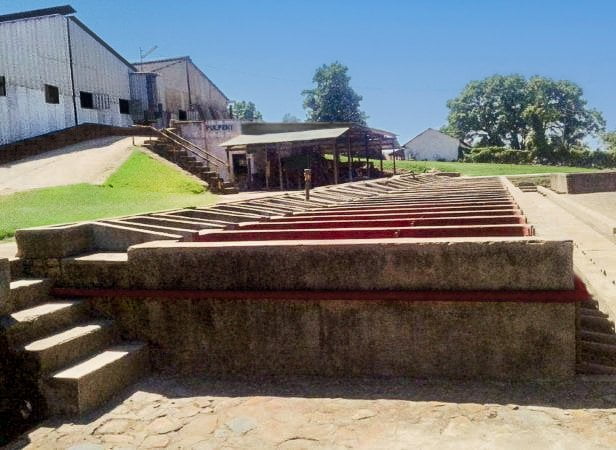
Processing
Fermentation times depend on certain circumstances such as temperature and humidity.
The workers overseeing the process check for readiness by feeling the fermenting parchment. When it starts to feel gritty, it is then discharged into the channel, washed and density graded. Once wet processing is complete, the beans are placed in cascade troughs around where air is blown for about a week to ensure even drying. Afterwards, the beans in parchment travel about 55 miles to the estate’s dry mill for processing.
The water used for growing and processing activities come from three rivers that run
through the estate, the Chinyika, Chinyamakashu and Nyamukunga. These bodies of water are used for irrigation and various activities on the farm, alongside coffee making. To prevent affliction and ensure the health of its soil, the estate hosts a rich diversity of species and crops. The facilities on the estate are extensive and support a wide range of activities and needs for the workers and villagers.



